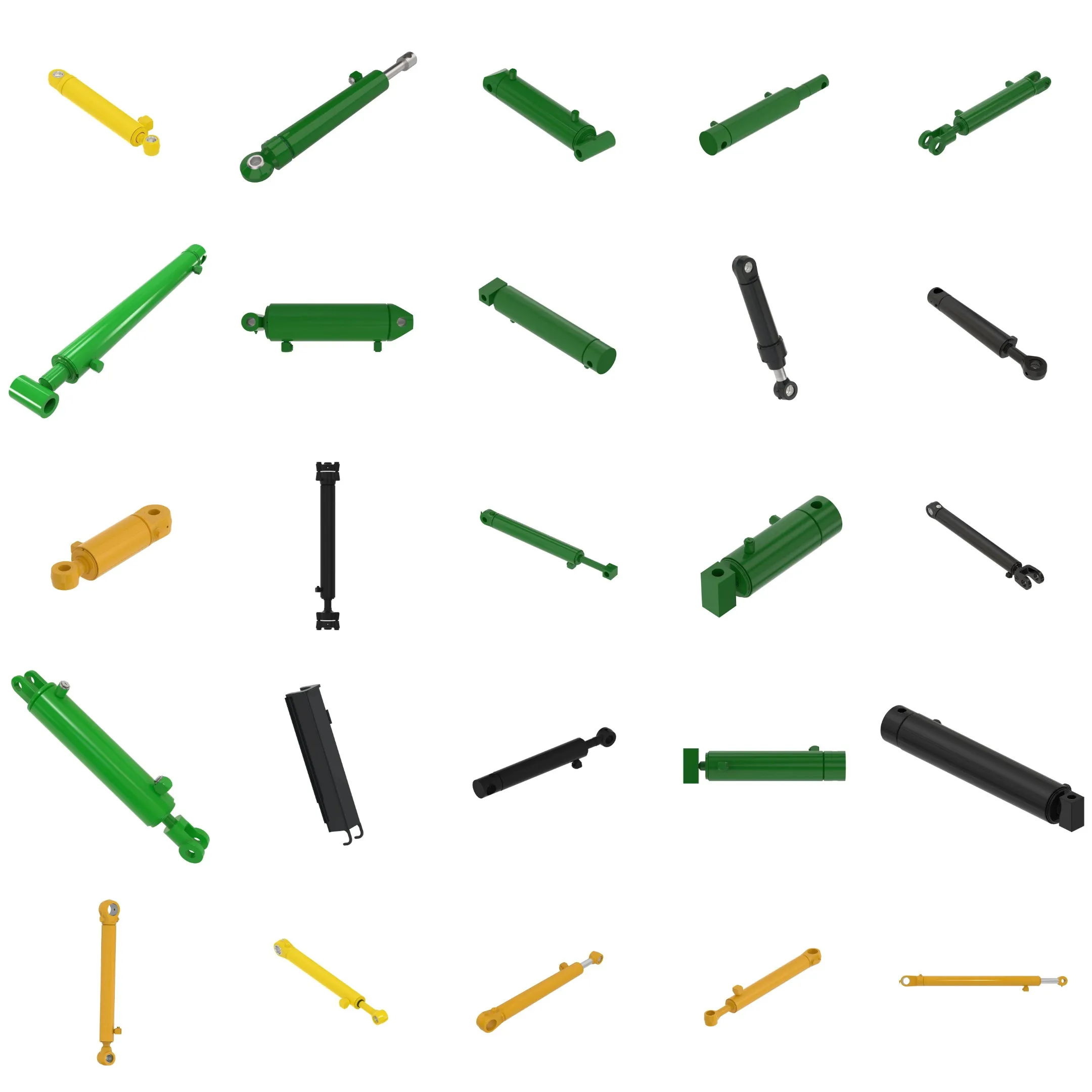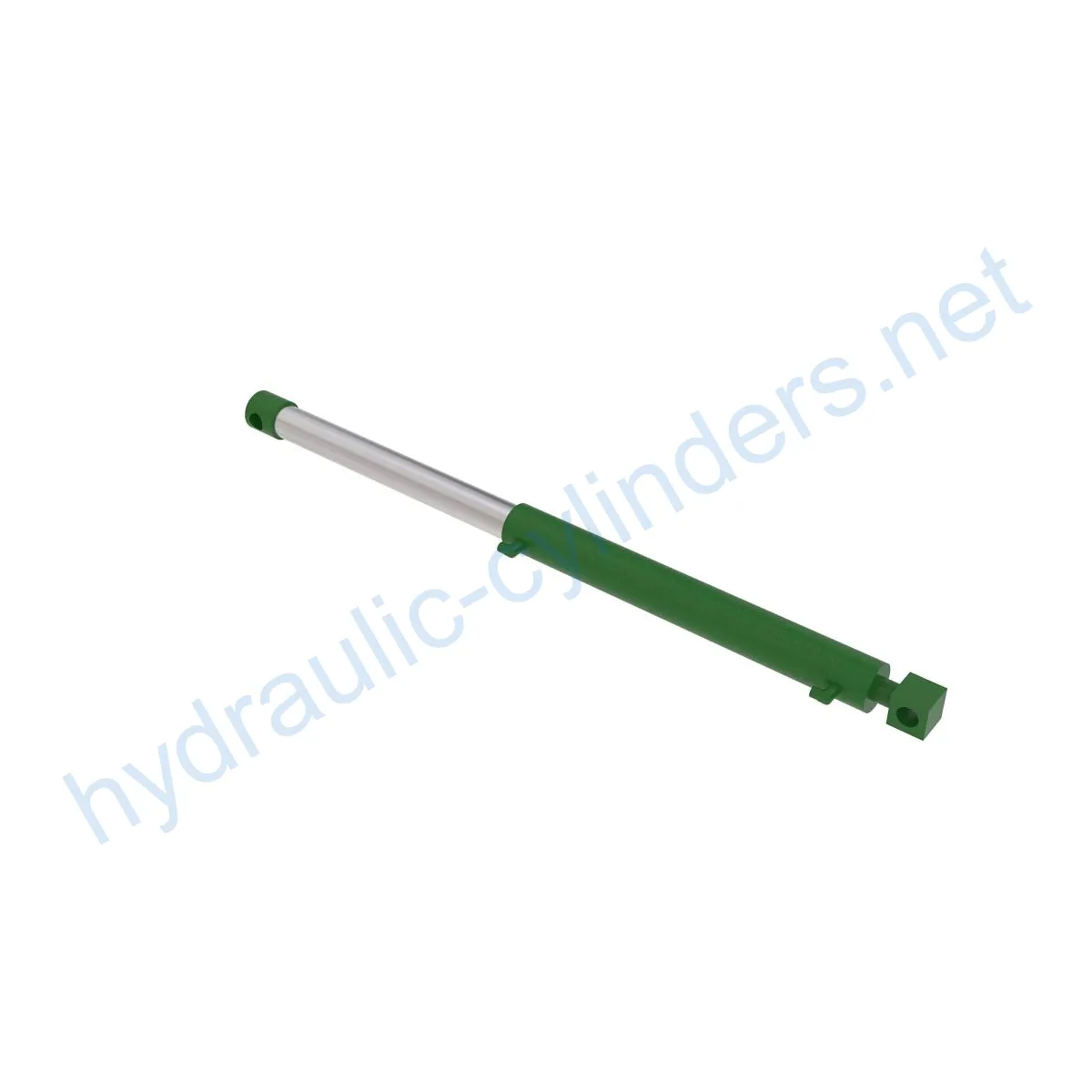Replacement Of AHC19589 Hydraulic Cylinder
En tant que fabricant, fournisseur et exportateur de produits mécaniques, nous proposons des vérins hydrauliques et de nombreux autres produits.
N'hésitez pas à nous contacter pour plus de détails.
Courrier :sales@hydraulic-cylinders.net
Fabricant fournisseur exportateur de vérins hydrauliques.
Replacement Of AHC19589 Hydraulic Cylinder
Product Introduction
The Replacement Of AHC19589 Hydraulic Cylinder is a crucial component used in various applications. This hydraulic cylinder plays a vital role in equipment operation, allowing for efficient movement and functionality.
Specifications and Model
Weight: 72.151 lb
Height: 7 in
Width: 10.5 in
Length: 61.8 in
Model: 603M
Product Features
- Improved Equipment Performance: Replacing damaged or worn hydraulic cylinders restores the equipment’s normal operational capabilities, ensuring optimal performance in various applications.
- Enhanced Safety: Regularly replacing hydraulic cylinders reduces safety hazards caused by cylinder failures, ensuring the safety of operators and equipment.
- Overload Protection: New cylinder designs often incorporate better overload protection mechanisms, enhancing safety during operation.
- Quick Installation: Modern hydraulic cylinders are designed for easy installation and replacement, minimizing downtime.
- Standardized Components: Many hydraulic cylinders are standardized products, making it easier to obtain replacement parts in the market.
Application Scenarios
1. Excavators: The hydraulic cylinder in excavator arms or buckets may get damaged due to long-term use or overload, requiring replacement to restore normal operation.
2. Cranes: The hydraulic cylinder in crane booms is prone to wear and tear during frequent lifting and lowering processes, necessitating regular replacement to ensure safety.
3. Tractors: The hydraulic cylinder in front-end loaders of tractors may develop leaks or performance declines due to continuous lifting and tilting operations, demanding replacement.
4. Harvesters: Hydraulic cylinders in harvesting processes endure high pressure and can suffer fatigue-related damage, requiring timely replacement to maintain work efficiency.
5. Automated Production Lines: Hydraulic cylinders are used to control robotic arms and other automated equipment. Any cylinder failure can impact production efficiency, necessitating immediate replacement.
6. Die Casting Machines: In high-pressure and high-temperature environments, hydraulic cylinders may experience performance declines. Regular replacement ensures product quality.
7. Mining Equipment: Hydraulic cylinders are used for lifting and moving heavy loads in mining equipment. Due to harsh working conditions, regular inspections and replacements are necessary to prevent equipment failures.
8. Bulldozers: Wear on the hydraulic cylinder in bulldozer blades can lead to decreased pushing power, requiring prompt replacement to maintain operational efficiency.
Maintenance Tasks
Regular maintenance and preventive measures are essential to prolong the lifespan of hydraulic cylinders. Some common maintenance tasks include:
- Regular Inspection
- Proper Lubrication
- Seal Replacement
- Calibration Check
Safety Considerations and Environmental Factors
When working with hydraulic cylinders, prioritizing safety measures is crucial. Proper use of safety precautions while handling hydraulic components can prevent accidents and ensure personnel safety. Additionally, considering environmental factors while using hydraulic cylinders helps maintain a sustainable and eco-friendly approach to equipment operation.
Troubleshooting and Common Issues
1. Leakage: Inspect hydraulic connections and seals for any signs of leakage. Replace damaged seals promptly.
2. Insufficient Power: Check for hydraulic fluid levels and pressure. Adjust or replace components as needed.
3. Erratic Movements: Inspect hydraulic valves, lines, and cylinders for obstructions or damage. Clean or replace faulty components.
4. Abnormal Noises: Check for loose or worn components. Tighten or replace parts accordingly.
5. Slow Cylinder Operation: Ensure proper lubrication and inspect for any mechanical issues. Address any problems found.
Troubleshooting Tips and Solutions
To effectively diagnose and resolve issues with hydraulic cylinders, consider the following tips:
- Refer to the manufacturer’s guidelines and specifications.
- Regularly inspect and maintain hydraulic cylinders.
- Properly align cylinders during installation.
- Utilize suitable mounting brackets to secure the cylinders.
- Follow recommended inspection, repair, and replacement procedures.
- Provide replacement parts and rebuilding services.
- Implement techniques to extend the lifespan of hydraulic cylinders.

Design Considerations and Selection Criteria
When choosing hydraulic cylinders, several factors should be considered:
- Load-Bearing Capacity
- Sealing Efficiency
- Durability
- Safety Features
- Maintainability
Sealing and Lubrication
For optimal performance, hydraulic cylinders utilize various sealing components such as piston seals and rod seals. These seals are made from durable materials like polyurethane and nitrile rubber to withstand wear. Additionally, the cylinder body and threaded ends undergo meticulous surface treatments to enhance wear resistance. Regular lubrication with an appropriate hydraulic oil is crucial to ensure proper functioning.
Regular Inspection and Preventive Maintenance
To ensure the longevity of hydraulic cylinders, regular inspections and preventive maintenance should be conducted. Proper installation, lubrication, and adjustment are essential. During installation, provide accurate guidance for aligning cylinders and recommend using suitable mounting brackets to secure them. Advise on recommended inspection, repair, and replacement procedures. Offer replacement parts and rebuilding services to extend the lifespan of hydraulic cylinders.
Product Installation Guide
For proper installation of hydraulic cylinders, follow these guidelines:
- Ensure the equipment is in a stable position and power sources are disconnected.
- Carefully align the cylinder with the designated mounting points.
- Secure the cylinder using appropriate mounting brackets or fasteners.
- Connect hydraulic lines and fittings according to the manufacturer’s specifications.
- Double-check all connections and ensure they are tightened properly.
- Once installed, perform a thorough inspection and test for proper operation.

About Our Company
We are a leading manufacturer and wholesale distributor of replacement hydraulic cylinders. Our company offers a wide range of products, catering to both domestic and international markets.
Professionalism
We pride ourselves on our professionalism and expertise in the field of hydraulic cylinder production. Our team is dedicated to delivering high-quality products that meet industry standards and customer expectations.
International Certifications
We hold various international certifications, ensuring that our products adhere to the highest quality and safety standards. These certifications validate our commitment to delivering reliable and durable hydraulic cylinders.
Custom
Visitez notre usine de RV :
Visitez notre usine de RV avec les éléments suivants
Comment fonctionne le vérin hydraulique d'un chariot élévateur ?
Vérin hydraulique Application :


